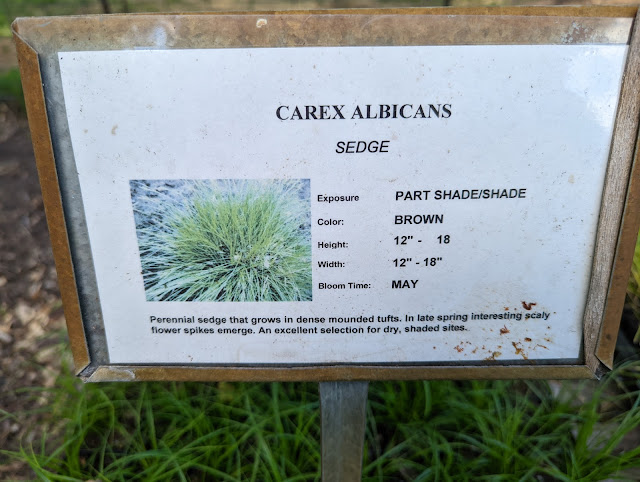2022 Yard and Garden To-Do List Check-in - September 2022

The mornings are already cooler and smell different. The days are getting shorter. The Kentucky Bluegrass in our lawn is starting to bounce back and emerge from dormancy. The kids are back in school. That means that the growing season is entering the final stretch - Late Summer/Early Fall. And, with the calendar turning over to September, I thought I'd do a quick check-in on how I have been doing against my 2022 yard and garden priorities . We typically get our first frost sometime in mid-October , so that means we have six-or-so weeks left to get busy before putting the garden to bed. Like I've done in the past, I started the year with a list of 25 items that I considered priorities . The list serves as a guide and a check on what is most important to get done each year. Let's see where we are as of September 1st, 2022. I've done this late-season check-in before ( here's 2020's version ) and I think this is a good way to shortlist what *can* be don





